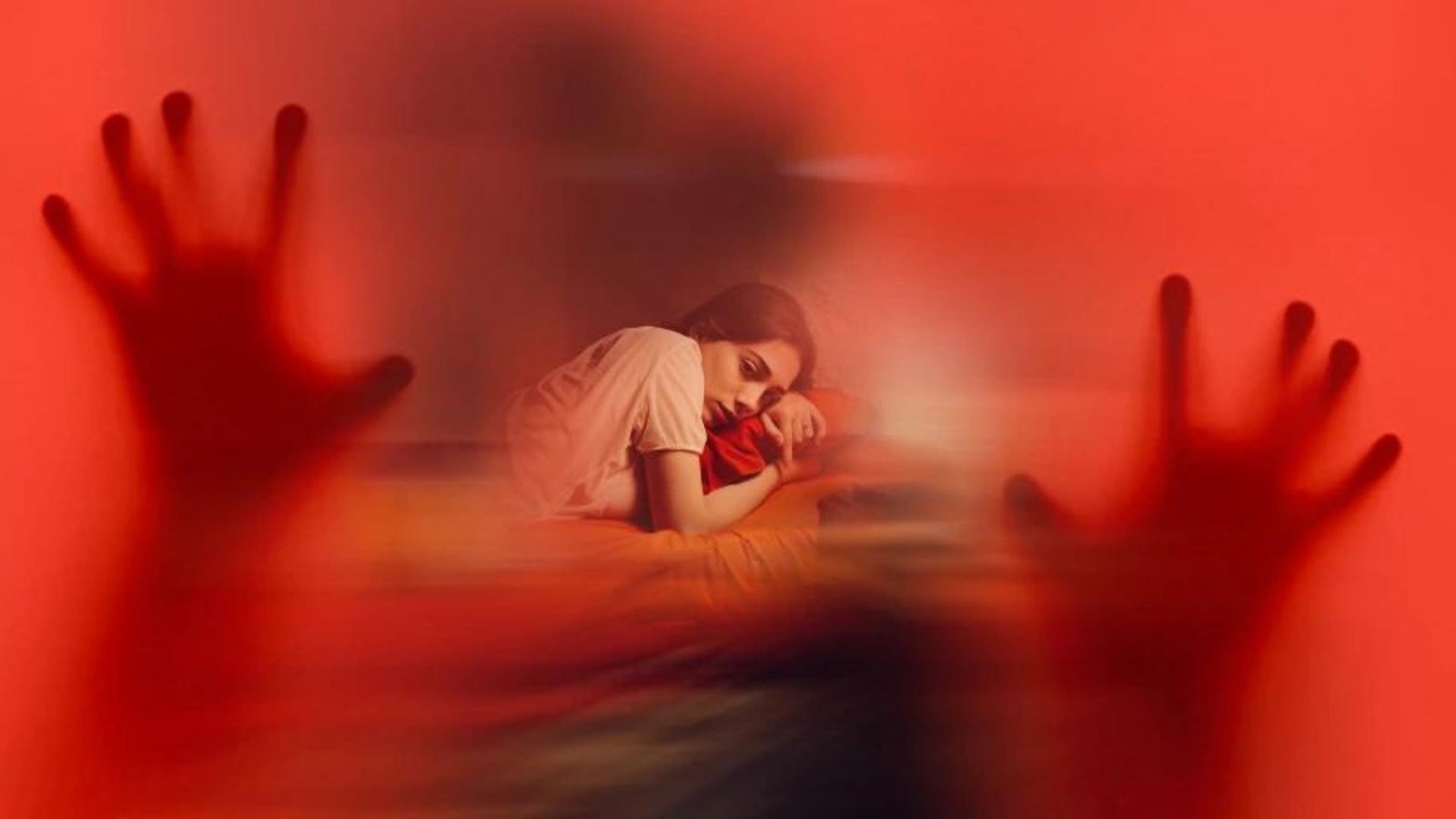Technology profoundly influences every aspect of our lives, including how we dream. From the devices we use before bed to the ways we interpret our dreams, technology shapes our dreaming experience in various ways. This article explores the multifaceted impact of technology on dreaming and how it alters our sleep patterns and dream content.

1. Pre-Sleep Activities and Dream Content
Screen Time Before Bed
Engaging with screens—whether smartphones, tablets, or computers—before sleep can significantly affect the nature of our dreams. Studies show that excessive screen time can lead to disrupted sleep patterns and increased anxiety, which often results in more vivid or disturbing dreams. The blue light emitted by screens can interfere with melatonin production, leading to a less restful sleep and influencing dream quality.
Content Consumption
The type of content consumed before bed also plays a crucial role. Watching action-packed movies or engaging in stressful news can lead to more intense or negative dreams. Conversely, consuming calming or inspirational content may promote peaceful dreams. Therefore, the media we interact with influences not only our mood but also the themes present in our dreams.
2. Sleep Tracking and Dream Analysis Apps
Sleep Monitoring Technology
With the rise of sleep tracking apps and devices, individuals can now monitor their sleep patterns closely. These tools often provide insights into REM sleep cycles, which are crucial for dreaming. By understanding their sleep habits, users can make informed decisions to improve sleep quality, potentially leading to more coherent or positive dream experiences.
Dream Journals and Apps
Many people use apps to keep digital dream journals. These tools encourage users to record their dreams upon waking, facilitating deeper analysis and reflection. By documenting dreams, individuals can identify patterns and recurring symbols, leading to enhanced understanding of their subconscious mind.
3. Social Media and Dream Sharing
Community and Validation
Social media platforms have created spaces where people can share their dreams and discuss interpretations. This communal aspect allows individuals to validate their experiences and explore dreams collectively. Engaging with others can lead to new insights and perspectives on dream meanings, fostering a sense of connection in the process.
Trend Influences
Dream themes can also be influenced by popular culture trends spread through social media. Viral memes or trending topics may seep into dreams, reflecting societal fears, desires, or collective experiences. Thus, technology not only connects individuals but also shapes the dream landscape.
4. The Role of Virtual Reality
Immersive Experiences
Virtual reality (VR) technology offers immersive experiences that can influence dreaming. Users often find that engaging with VR environments can lead to vivid dreams related to the scenarios they explore. This immersion can blur the lines between reality and dreams, making dream content more complex and intertwined with waking life.
Therapeutic Applications
VR is also being explored for therapeutic purposes, such as treating PTSD. By creating safe environments for individuals to confront their fears, VR may positively impact their dream content and emotional processing during sleep.
5. Effects of Artificial Intelligence
Personalized Dream Analysis
AI technologies are emerging in the realm of dream analysis, offering personalized interpretations based on individual dream patterns. While this can provide insights, it may also risk oversimplifying the complexities of dream interpretation, as AI lacks the nuance of human experience.
Automation of Sleep Aids
Smart devices and applications that offer automated sleep aids, such as white noise machines or guided meditations, can enhance sleep quality. Better sleep can lead to more positive dream experiences, indicating that technology can serve as a tool for improving dream health.
Conclusion
Technology significantly impacts dreaming in various ways, from altering pre-sleep activities to influencing dream content and analysis. As we navigate a world filled with screens and devices, understanding these effects can help us make informed choices about our technology use, ultimately promoting better sleep and more meaningful dreams. By leveraging technology mindfully, we can enhance our dreaming experience and tap into the deeper insights our dreams offer.




